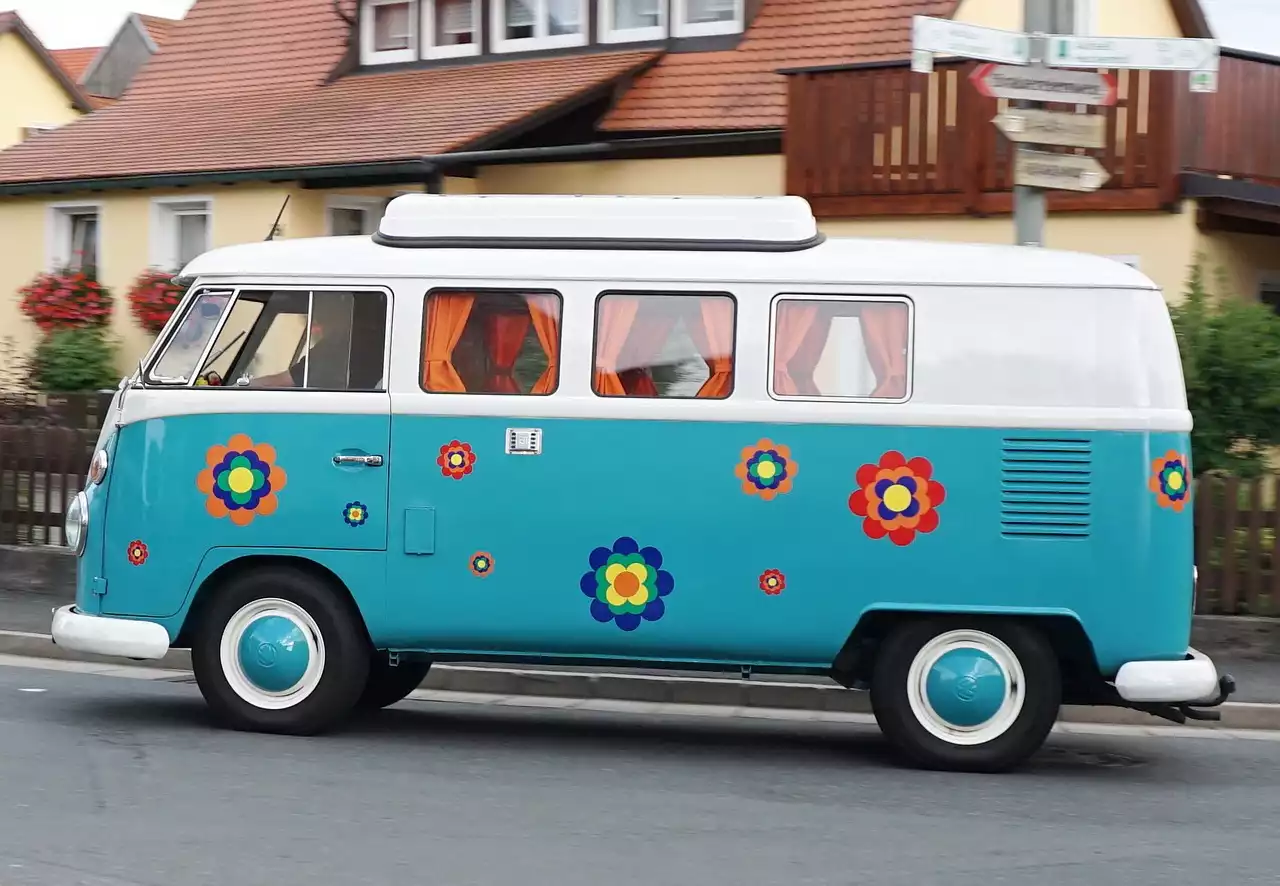The 1960s was a decade of rebellion and experimentation, as well as political upheaval. In this period, youth culture became much more self-aware, questioning traditional values and morals. The baby boomer generation was coming of age and seeking new experiences through music, drugs and fashion. The response to the rigid early 1960s was the emergence of peace, love and free expression. With the increasing availability of cheap flights and affordable accommodation overseas, festivals such as Woodstock are credited with being one of the key catalysts for the growth in popularity of music festivals in The Sixties . Music festivals provided an opportunity to experience something new without having to give up everyday comforts. While today’s festival-goers are generally aware that these events have been held since time immemorial, many people wonder just when music festivals started.
Woodstock Music Festival
One of the most famous music festivals in the twentieth century took place at Woodstock in 1969. The festival is credited with being one of the key catalysts for the growth in popularity of music festivals in The Sixties. The event was held over three days from Friday, August 15 to Sunday, August 17 and drew around 400,000 people. Woodstock has come to symbolize an era and a generation-a time when peace and love were more important than fighting and when people were willing to give up almost everything so they could find themselves as individuals. It was a time when The Beatles ruled the charts, Hendrix's guitar burned a hole into '60s culture, Janis Joplin's voice rang out loud and clear, Joan Baez led her generation with grace and strength, Jimi Hendrix played his guitar like he had discovered fire for the first time, Crosby Stills Nash & Young played together on one stage for the only time ever. Woodstock was not just about Woodstock's music but also about something much bigger. It was about bringing together all different kinds of people; it was about questioning authority; it was about challenging ideas of what society should be like; it was about peace and love prevailing over violence and hate; it was about rock'n'roll as a force for change.
A Look At: Woodstock (1969)
Monterey International Pop Festival
One of the earliest examples was the Monterey International Pop Festival in 1967. This festival was a pivotal moment in music history and captured the essence of what would soon become ‘The Sixties’. The three-day event showcased many of the decade’s biggest bands, including Jimi Hendrix, Otis Redding and Janis Joplin. It also introduced local artists such as Jefferson Airplane, Ravi Shankar, Canned Heat and many more to an international audience for the first time.
MONTEREY POP FESTIVAL 40 YEARS AGO DOCUMENTARY
Filmore East Showcase
Possibly the first major festival to come out of this new movement was the Filmore East Showcase in March of 1967. The event ran for three days and featured performances by many popular bands, including Jimi Hendrix, The Who and The Grateful Dead. The event was a joint production between Bill Graham and John Roberts, though Graham had originally introduced the idea to Roberts earlier in 1966 when they were both working as concert promoters at San Francisco’s Winterland Ballroom. It was initially planned to take place at San Francisco’s Cow Palace but was moved to New York due to safety concerns over overcrowding.
Welcome To The Fillmore East (1970)
California International Summer Music Festival
The California International Summer Music Festival, or CISMF, is one of the oldest and most prestigious music festivals in the world. Founded in 1958 as part of the Pacific Union College Center for Musical Arts, this annual event takes place at the college’s 650-acre campus in Santa Clara, California. Focusing on classical music, CISMF features some of the world’s finest classical artists and orchestras. The festival also offers residential workshops and master classes to emerging young musicians.
Summer Music Festival - Festival Orchestra Concert
The Grateful Dead Netrual Concert Hall Shows
In the early 1960s, The Grateful Dead started to host what they called "netrual concert hall shows". These shows were essentially acoustic sets with a small number of instruments. The intent was for the audience to dance and share the experience of music together in a more intimate setting.
Grateful Dead - Truckin'
The Beatles’ Love and Benefit Concert
Music festivals in the 60s gained traction with The Beatles’ Love and Benefit Concert, which was held on August 28th, 1972. Held at San Francisco’s Candlestick Park with an attendance of between 50,000 and 100,000 people, The Beatles played for nearly three hours. The band's performance of Rock 'n' Roll Music at the end is credited as the moment when their music finally broke through to the United States. The Beatles never again played a free concert in America after this event.
The Beatles - Live at Candlestick Park, San Francisco, California
Conclusion
The 1960s were a decade of music with many memorable events. The Woodstock Music Festival, Monterey International Pop Festival, Filmore East Showcase, California International Summer Music Festival and The Grateful Dead Netrual Concert Hall Shows are just some of the most popular music festivals of the era. The 60s also saw some of the most memorable concerts from groups such as The Beatles and Jimi Hendrix.


 A Look at How Far the History of Javelin Has Come
A Look at How Far the History of Javelin Has Come
 History and significance of Indian string instruments
History and significance of Indian string instruments Intense Planking
Intense Planking Hippies and the Woodstock Music Festival
Hippies and the Woodstock Music Festival